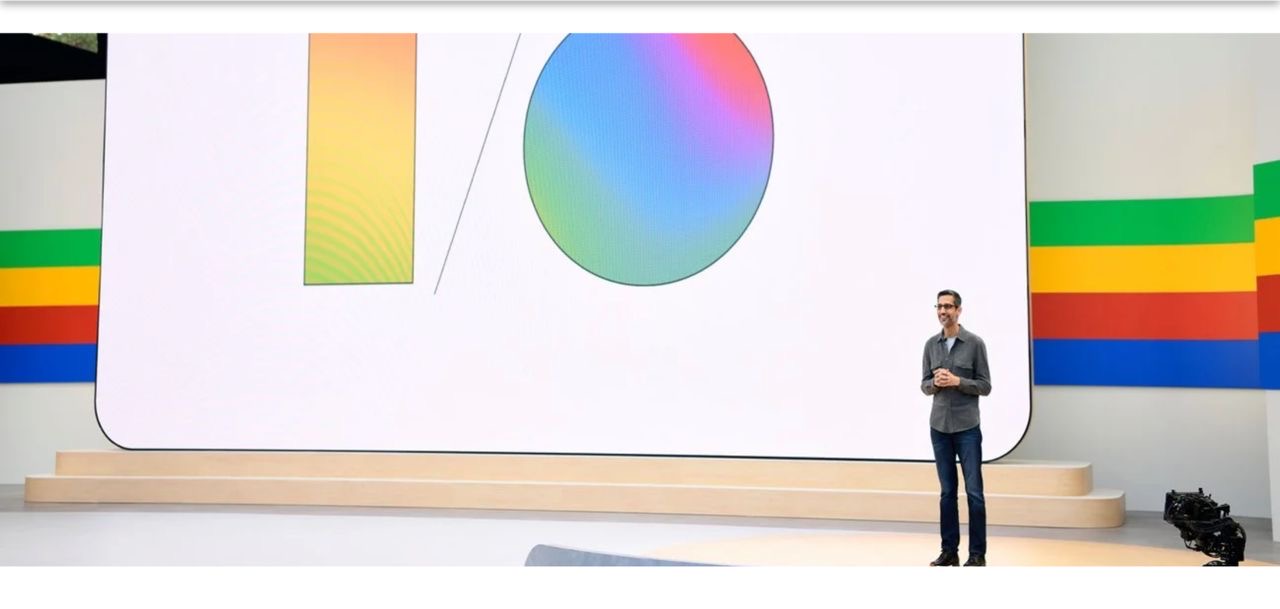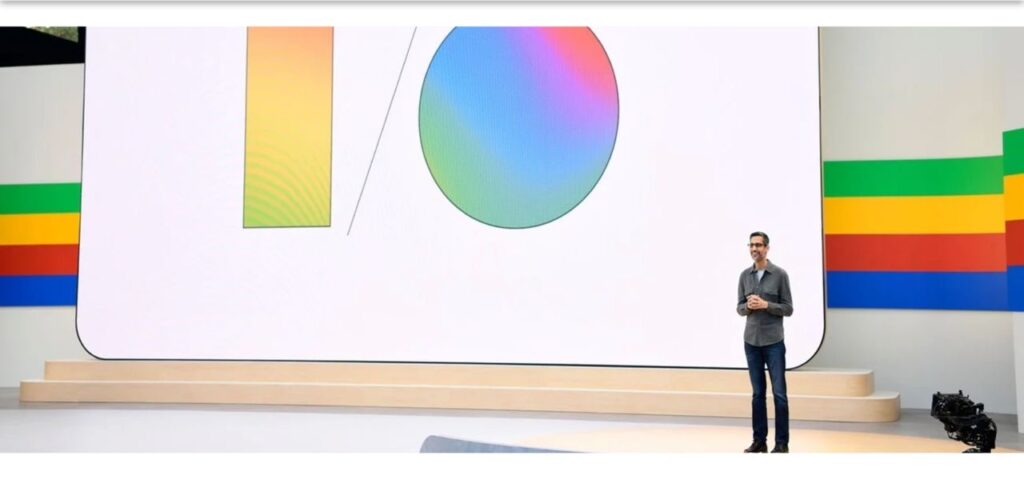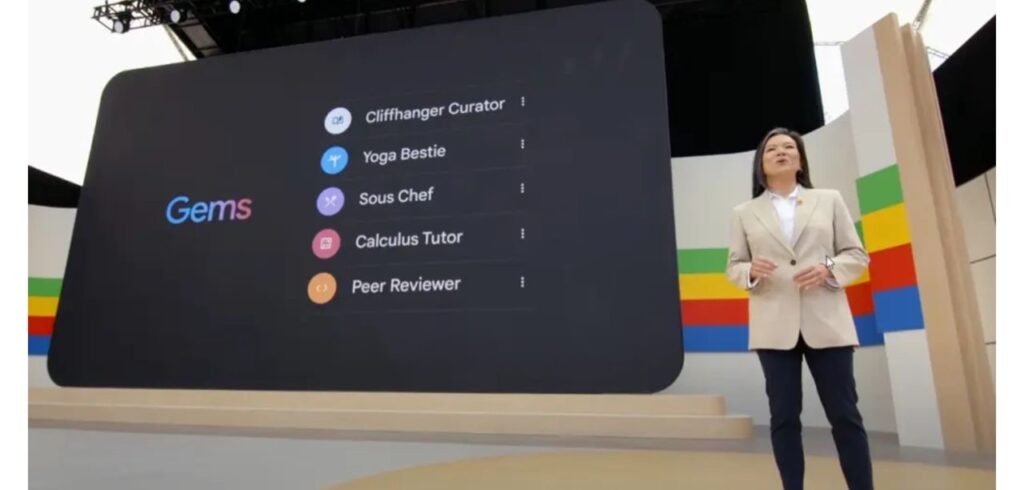Physical Address
60 Ekwema Cres, Layout 460281, Imo
Physical Address
60 Ekwema Cres, Layout 460281, Imo

The annual Google I/O developer the conference kicked off today. The company has utilized the Google I/O keynote to announce a collection of new software updates.

There was no hardware at this year’s I/O. Google had already announced its new Pixel 8 Aphone. However, today’s presentation was a splendid exhibition of AI software updates. Also, a reflection of how Google strives to assert dominance over the productive AI boom of the past couple of years. This article will highlight the major announcements made.
There were different updates to Android, but there are major upgrades in the on-device AI with the new Gemini Nano model. Now, Google’s Gemini will be able to analyze on-screen captions to answer queries. Additionally, for Gemini Advanced subscribers, the update unlocks PDF processing for even more information retrieval. These features, and more ways to interact with different content types (multimodal updates), are coming to Gemini on Android in the next few months. These updates will be present in Android 15.
Also, Scam call alerts are coming to Android phones. Google’s Gemini Nano AI will use its smarts to identify and highlight suspicious exchanges on your Android. This feature, powered by on-device AI, is in development, and Google will share more details later this year.
Google introduced a new feature for Android users that helps with math problems. By circling a problem on the screen, users can receive step-by-step breakdowns from Google’s AI. This functionality is designed to assist with learning and problem-solving. Note that the feature does not provide immediate solutions, not to facilitate malpractice.
Google I/O launches Gems. This feature is a tool for creating custom chatbots using the Gemini AI platform.
Similar to OpenAI’s GPTs, Gems allows users to tailor Gemini’s responses and areas of expertise. Gemini Advanced subscribers will have access to Gems in the near future.

This allows users to develop chatbots tailored to their specific needs. Consequently, embracing a wide range of functionalities.
Gemini Nano, Google’s on-device mobile large language model, is getting a boost. It’s now going to be called Gemini Nano with Multimodality, which Google CEO Sundar Pichai said onstage lets it “turn any input into any output.” That means it can pull information from text, photos, audio, web, or social videos, and live video from your phone’s camera, and then synthesize that input to summarize what’s within or to answer questions you may have about it. Google I/O showed a video demonstrating this where someone scanned all the books on a shelf with a camera and recorded the titles in a database to recognize them later.
Google is also imbuing AI into its Workplace suite of office tools. Starting today, a button to toggle Google’s Gemini AI will appear in the side panel of many Google apps, including Gmail, Google Drive, Docs, Sheets, and Slides. The Gemini helper can answer questions, help you craft emails or documents, or provide summaries of long docs or email threads.

Google Chrome for desktops has attained a new development with the addition of Gemini Nano, a lightweight version of its powerful AI model. With this, users have on-device AI assistance right at their fingertips. It easily generates text for social media posts, product reviews, and other tasks directly within Chrome.
Google is bringing “AI Overviews” to all US users this week. Previously known as “Search Generative Experience,” AI Overviews aim to simplify search results by presenting summaries and key information directly on the search engine results page (SERP).
This functionality utilises a specialised version of Google’s AI model, Gemini. The AI model analyses web sources and reduces them into concise snippets. The snippets are similar to features offered by other AI search tools like Perplexity and Arc Search
Interact with us via our social media platforms:
Facebook: Silicon Africa.
Instagram: Siliconafricatech.
Twitter: @siliconafrite